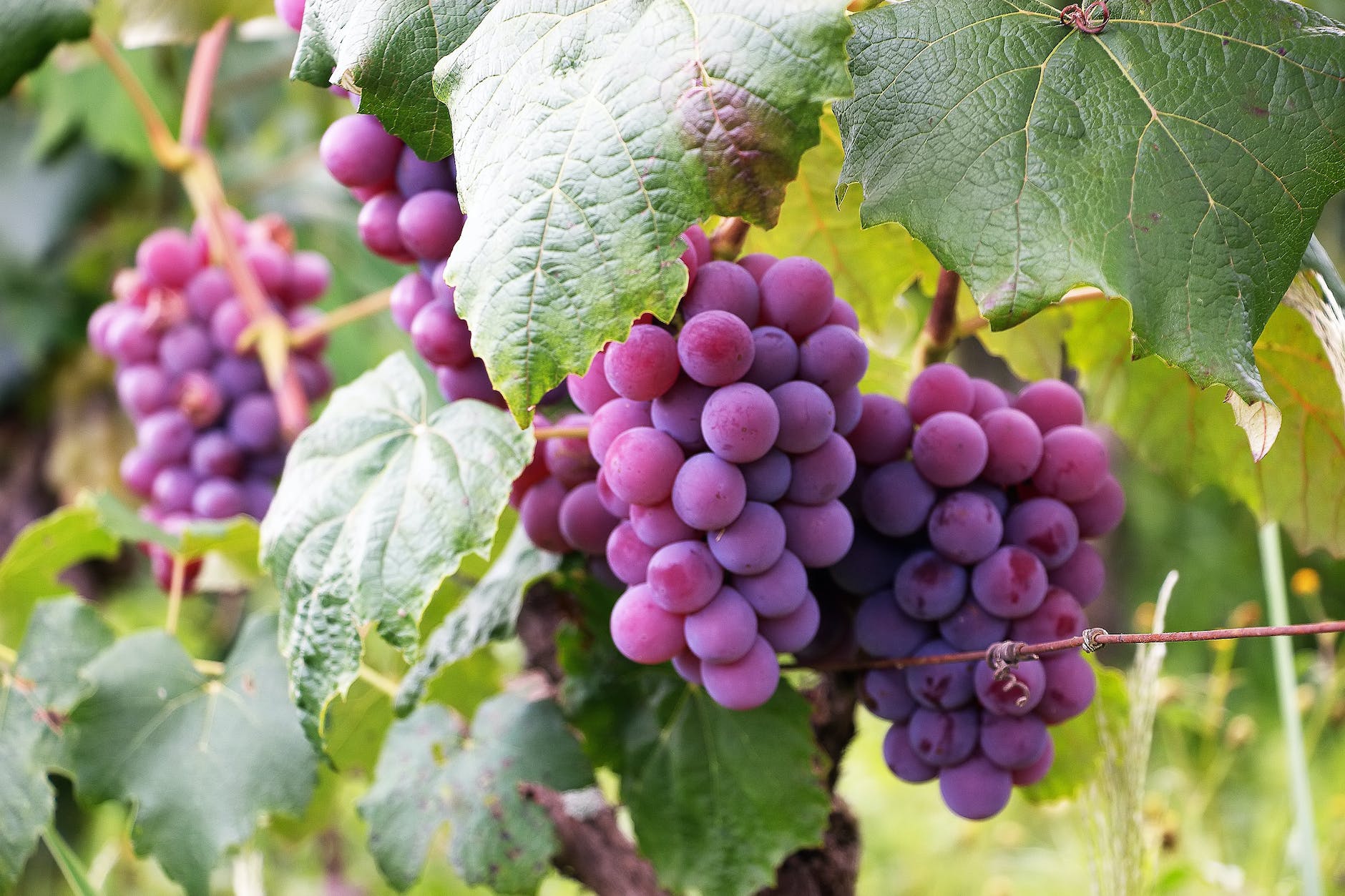How to Grow Grapes: Tips for a Bountiful Harvest, Health Benefits, and Delicious Recipes
Grapes, those plump and juicy clusters of goodness, have earned their place as one of the world’s most beloved fruits, cultivated in vineyards and gardens across the globe. Beyond their delectable sweetness, grapes are a veritable treasure trove of nutrients and health-enhancing properties. Embarking on the journey of growing your own grapes can be an immensely gratifying endeavor, and the process is surprisingly approachable, even for those who might consider themselves novice gardeners. In the pages of this article, we shall embark on an exploration of all things grape-related, from the art of cultivating these luscious fruits to the myriad health benefits they offer, and we’ll even tantalize your taste buds with some delectable recipes to savor.
Choosing the Right Variety:
There are many different types of grapes, each with their own unique characteristics. When choosing a grape variety to grow, consider your climate, soil type, and intended use for the grapes. Here are a few popular grape varieties:
- Concord: A classic American grape variety that is well-suited for colder climates. Concord grapes are typically used for making jelly, juice, and wine.
- Thompson Seedless: A popular table grape variety that is sweet and juicy. Thompson Seedless grapes are usually green or golden in color and are great for snacking.
- Muscadine: A native American grape that is known for its tough skin and distinctive flavor. Muscadine grapes are typically used for making jelly and wine.
Planting:
Grapes are typically planted in the spring or fall, depending on your climate. When planting, choose a location that receives plenty of sunlight and has well-drained soil. Space the vines about 6-10 feet apart to allow for proper growth.
Training and Support:
Grapes grow on vines, which can become quite long and heavy. To keep the vines off the ground and make it easier to harvest the fruit, it’s important to train them to grow up a trellis or support system. There are many different types of trellises, including wire systems, pergolas, and arbors. Choose a trellis system that works best for your space and intended use.
Watering and Fertilising:
Grapes prefer a moderate amount of moisture, so it’s important to water them regularly. However, be careful not to overwater, as too much moisture can cause the fruit to split. Fertilise the grapevine with a balanced fertiliser in the spring and again in the summer to provide the necessary nutrients for healthy growth.
Pruning:
Pruning is an important part of growing grapes, as it helps to maintain the shape of the vine and promote healthy growth. Prune the grapevine in the winter to remove any dead or damaged wood, as well as to thin out the canopy. This will help to ensure that the grapevine produces the maximum amount of fruit.
Harvesting:
Grapes are typically harvested in late summer or early fall, depending on the variety and climate. To test if the grapes are ready for harvest, gently squeeze a few berries. If they give slightly, they are ready to be picked. Grapes can be stored in the refrigerator for a few weeks or frozen for later use.

Health Benefits of Grapes
Grapes are a nutritious fruit that is packed with vitamins and antioxidants. Here are some of the health benefits of consuming grapes:
- Heart Health: Grapes contain compounds called polyphenols, which have been shown to reduce the risk of heart disease by lowering blood pressure and improving circulation.
- Cancer Prevention: The antioxidants in grapes can help to prevent damage to cells and reduce the risk of cancer.
- Digestive Health: Grapes are high in fiber, which can help to promote healthy digestion and prevent constipation.
- Immune System Boost: Grapes are a good source of vitamin C, which is important for immune system health and can help to fight off infections.
Recipes
Grapes are a versatile fruit that can be used in a variety of recipes, from salads to desserts. Here are a few delicious ideas to try:
- Grape Salad: Toss together some halved grapes, chopped pecans, and crumbled blue cheese with a honey mustard dressing for a delicious and healthy salad.
- Grape Sorbet: Blend together some frozen grapes, a bit of honey, and a splash of lemon juice to make a refreshing sorbet that’s perfect for hot summer days.
- Grape Focaccia: Top a homemade focaccia bread with halved grapes, goat cheese, and a drizzle of balsamic vinegar for a unique and tasty appetizer.
- Grape Clafoutis: This French dessert is a cross between a custard and a cake, and is traditionally made with cherries. However, it can also be made with grapes for a sweet and delicious treat.
Growing grapes is a rewarding and enjoyable experience that can yield delicious and healthy fruit. Not only do grapes offer a variety of health benefits, but they also provide a beautiful and functional addition to any garden or yard. With proper planning, care, and maintenance, you can successfully grow your own grapes and enjoy their unique flavor and versatility in a variety of culinary applications. Whether you choose to eat them fresh, turn them into juice, wine, or jelly, or use them as a decorative element in your landscape, growing grapes is an activity that offers something for everyone. So, why not give it a try and discover the joys of grape growing for yourself?




